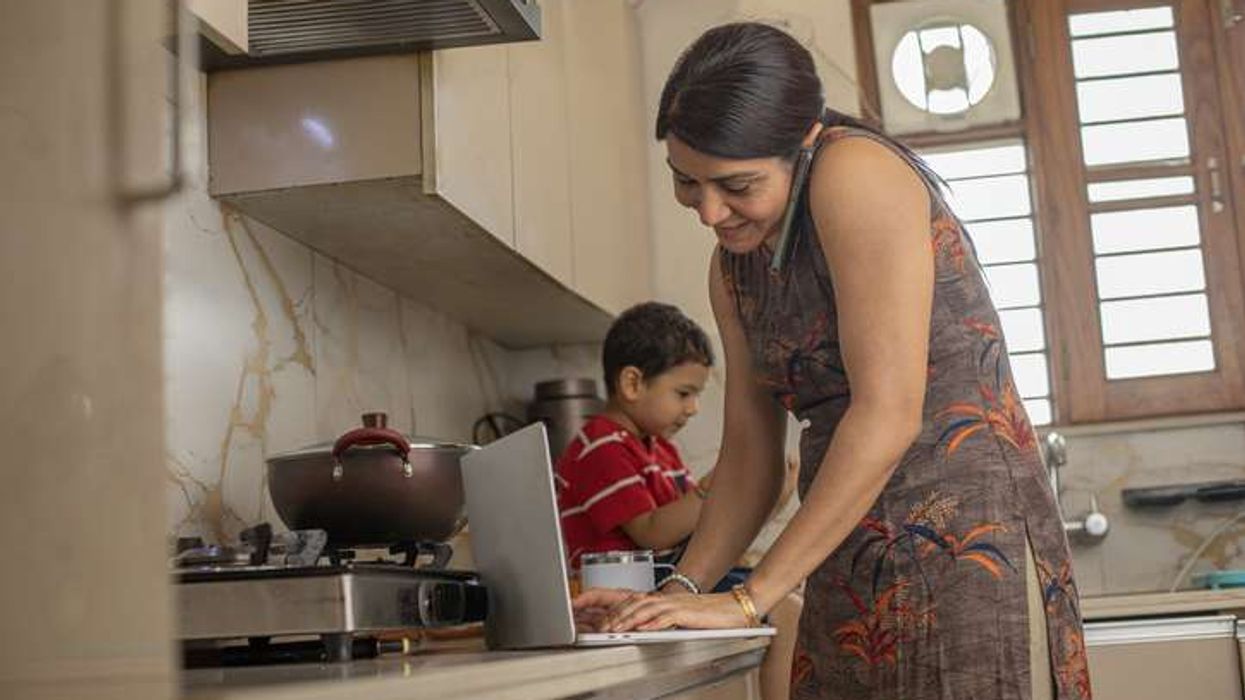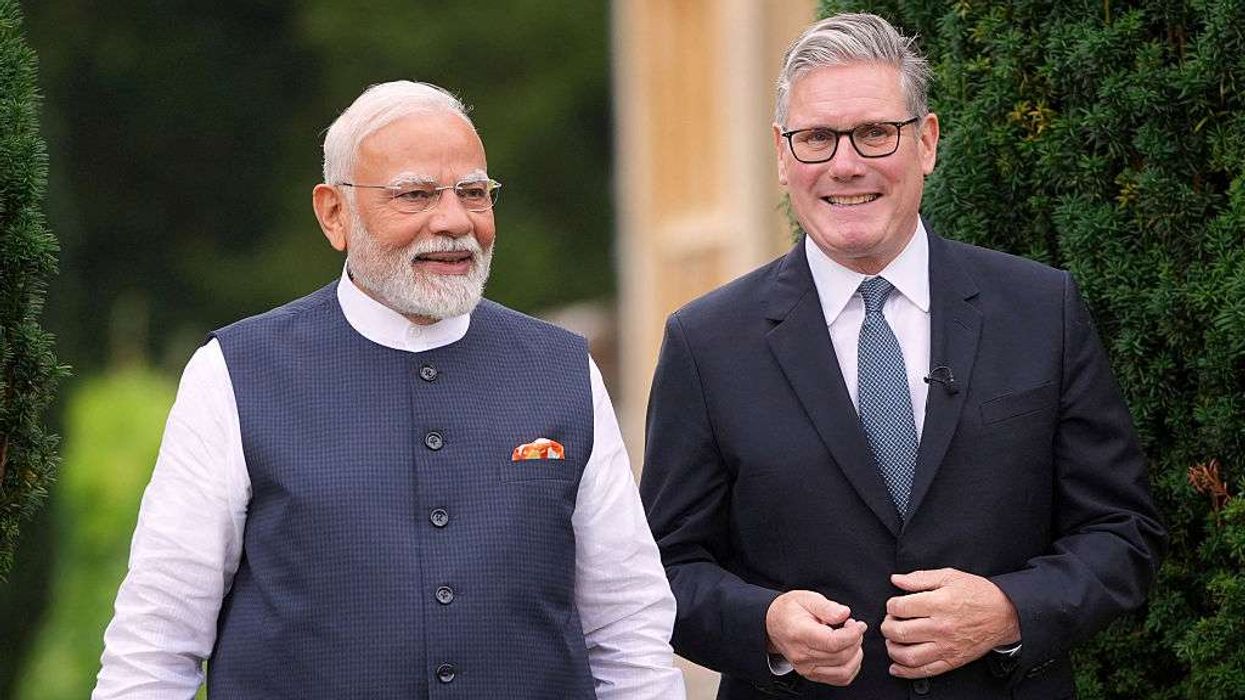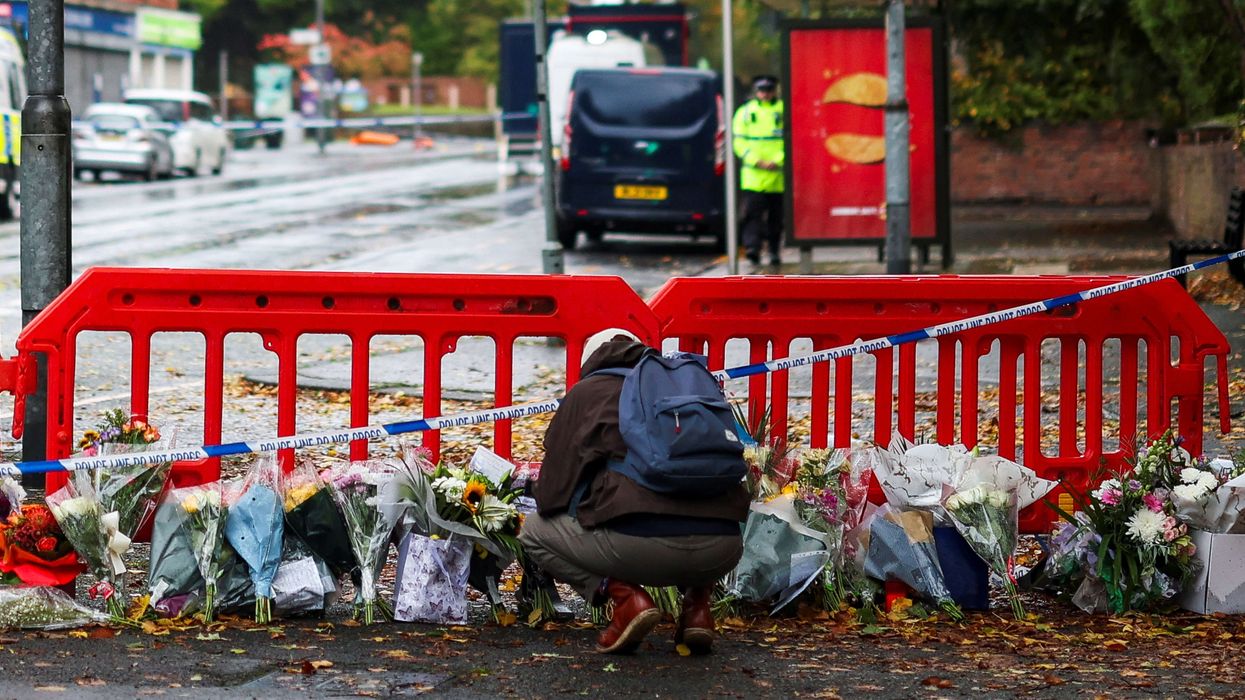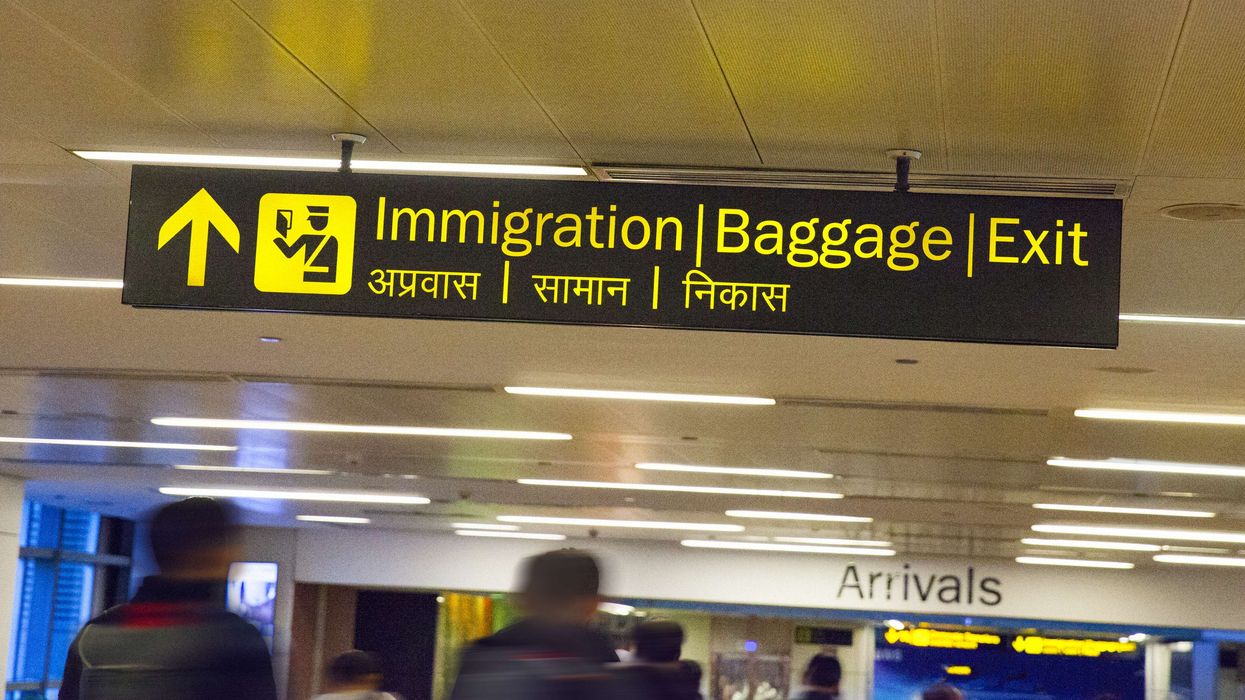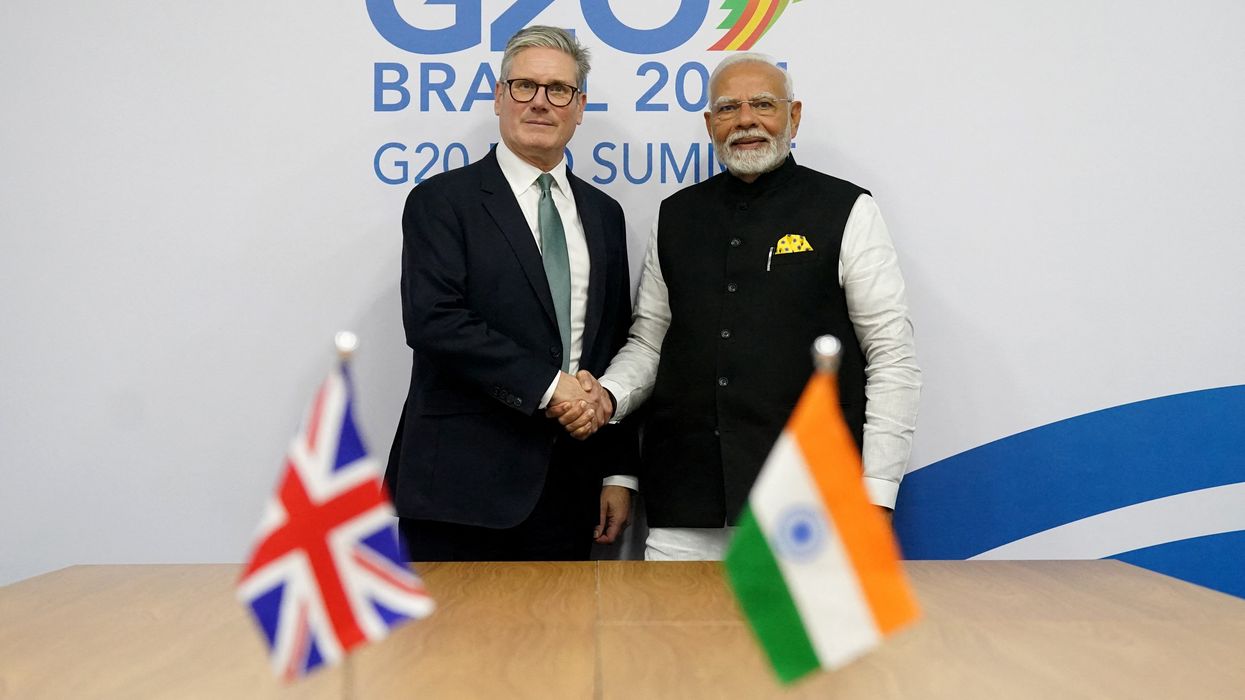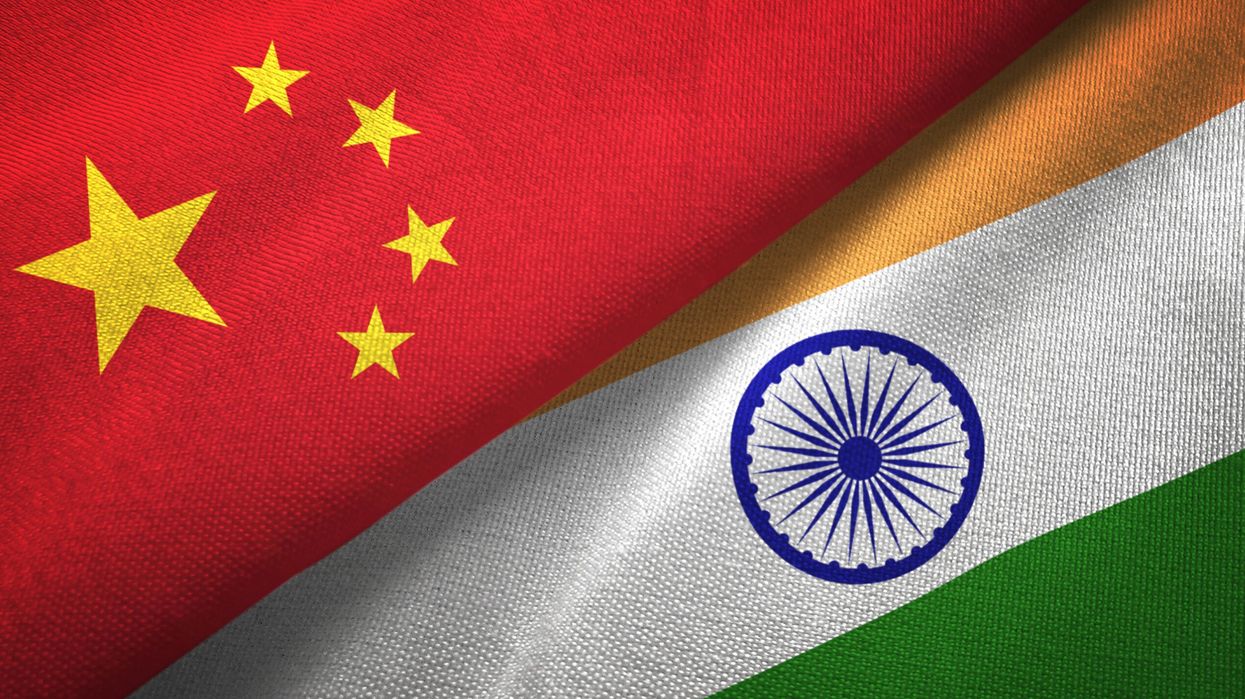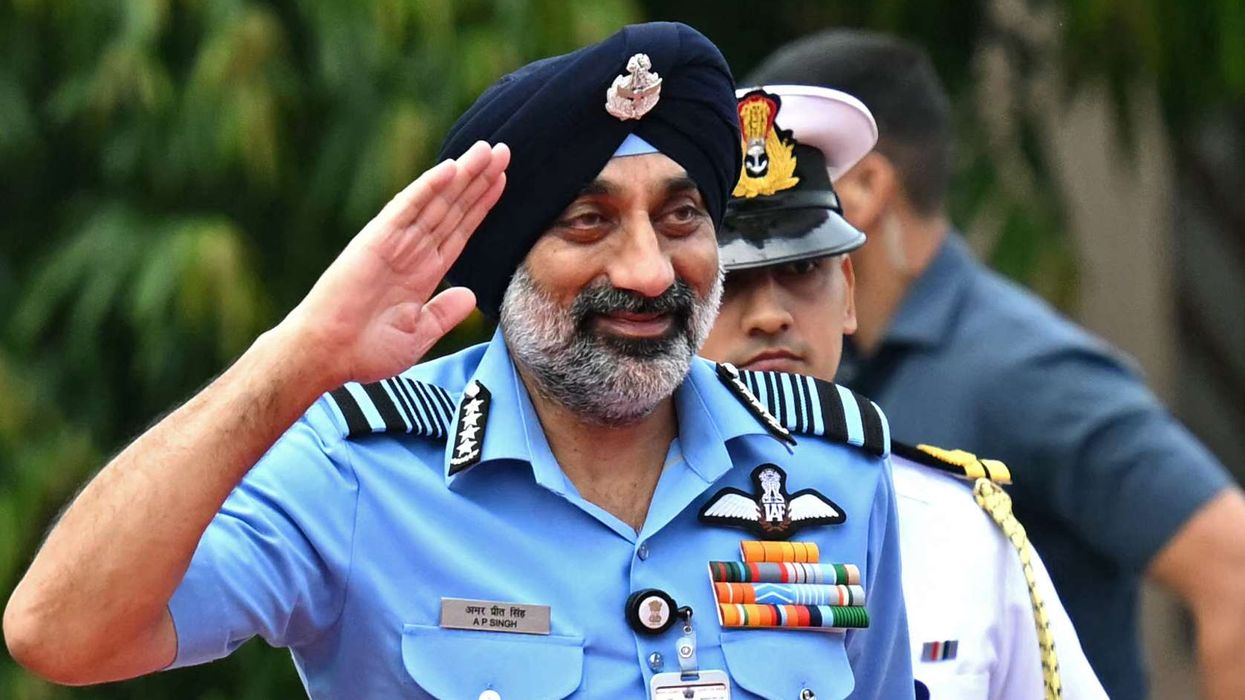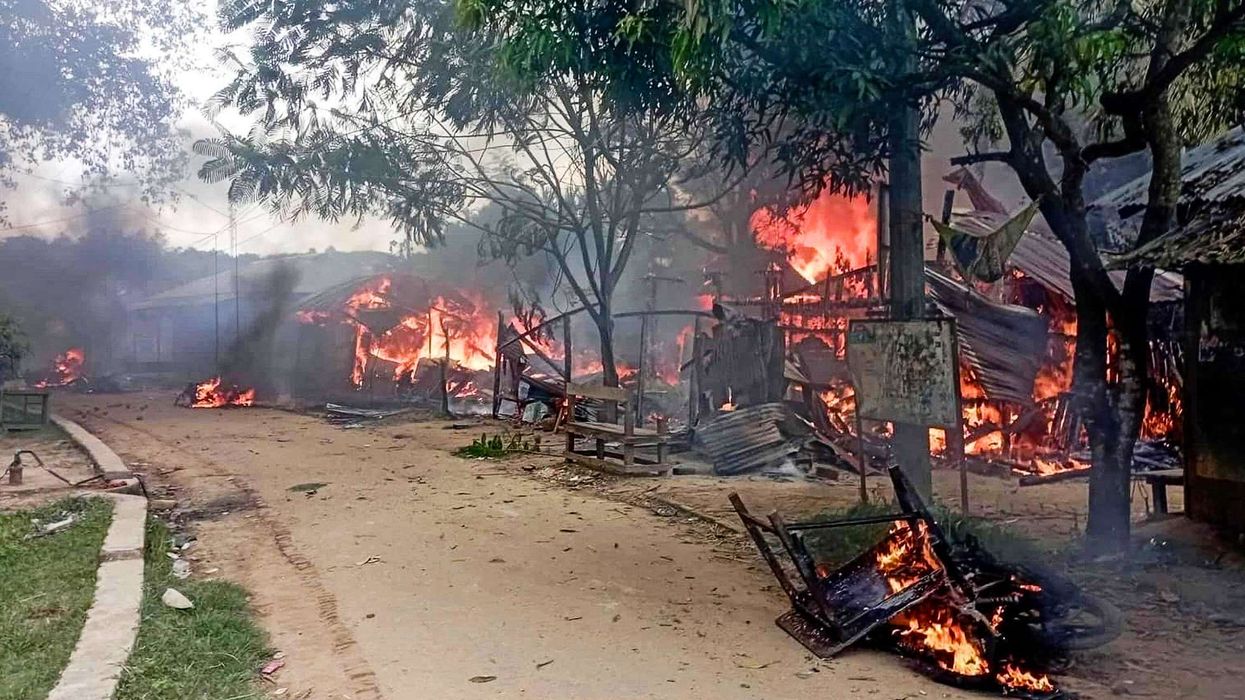LANDSLIDES and floods triggered by heavy rain in Nepal and neighbouring India have killed more than 60 people, officials said on Sunday, as rescue teams tried to reach cut-off areas in remote mountain regions.
Nepal has faced continuous rain since Friday, causing rivers to overflow and flooding several areas across the country.
At least 44 people have died in rain-related incidents and five are missing, said Shanti Mahat, spokeswoman for Nepal's National Disaster Risk Reduction and Management Authority.
In the eastern district of Illam, 37 people were killed in landslides. “Heavy rains overnight caused the landslides,” said local district official Sunita Nepal.
“Rescue workers have reached the affected areas. It was difficult because many roads were blocked.”
Rivers in Kathmandu have also swollen, flooding settlements along the banks. Security personnel have been deployed with helicopters and motorboats to assist in rescue work.
“There is some damage, but thanks to the authorities’ prior flood alert, we were able to move some belongings to a safe place,” said vegetable seller Rajan Khadga, 38.
Landslides have blocked several highways and disrupted flights, leaving hundreds of travellers, many returning after the Hindu festival of Dashain, stranded. At least five people are still missing, according to federal disaster officials.
Prime Minister Sushila Karki said government agencies were “fully prepared for rescue and relief”. “Your safety is our utmost concern. Do not hesitate to seek necessary assistance,” she said, adding that the government has declared Sunday and Monday as public holidays and advised people to avoid travel unless necessary.
Red alert in India
In India, at least 20 people were killed in the tea-growing hill district of Darjeeling in West Bengal after heavy overnight rain caused flash floods and landslides that damaged homes and infrastructure.
“In the wake of last night’s heavy cyclone in the Darjeeling hills, over 20 people have lost their lives,” said Harsh Vardhan Shringla, a lawmaker in India’s upper house.
Footage on Indian television showed rescue workers using cables to reach isolated regions as floodwaters damaged bridges and roads.
Prime Minister Narendra Modi said he was “pained by the loss of lives.” “The situation in Darjeeling and surrounding areas is being closely monitored in the wake of heavy rains and landslides,” he said in a post on social media.
India’s weather department on Sunday issued a red alert for “extremely heavy rainfall” in sub-Himalayan areas, including Darjeeling, until Monday.
Continuous rain also raised river levels in neighbouring Bhutan, where the Indian army joined rescue operations. Military helicopters were used to evacuate several civilians stranded in the border town of Phuentsholing, the army said in a statement.
Monsoon rains, which usually occur between June and September, cause deaths and damage every year across South Asia. The number of fatal floods and landslides has risen in recent years.
The Kathmandu-based International Centre for Integrated Mountain Development warned in June that disaster risks were likely to increase this monsoon season.
“Rising temperatures and more extreme rain raise the risk of water-induced disasters such as floods, landslides, and debris flows,” it said.
(With inputs from agencies)

